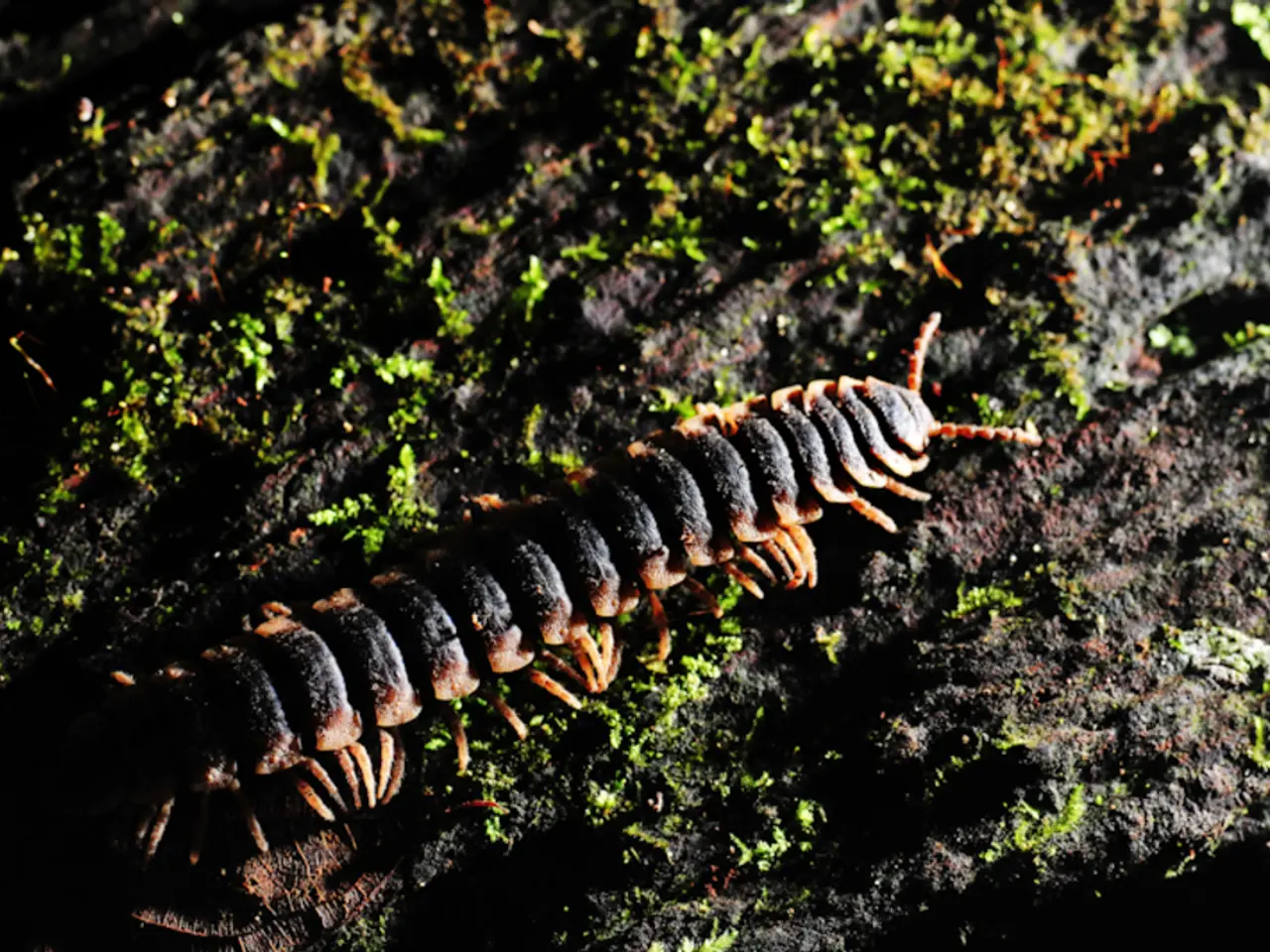Bloodstream Propagates Aging Process
In a groundbreaking study, a team of international researchers, led by Professor Ok Hee Jeon at Korea University's College of Medicine, has identified a key player in the systemic spread of aging throughout the body. The protein, known as ReHMGB1 (reduced HMGB1), has been found to be a redox-sensitive pro-geronic factor that drives systemic senescence.
The research, published in the prestigious journal Metabolism - Clinical and Experimental, with an impact factor of 10.9 and ranking in the top 4.6% of endocrinology and metabolism journals, reveals that senescent cells, which accumulate with age, secrete ReHMGB1 as part of the senescence-associated secretory phenotype (SASP). This protein is then released into the circulation and acts as a molecular messenger, transmitting senescence signals to distant tissues[1][2].
When ReHMGB1 reaches these remote tissues, it triggers aging features such as impaired regeneration, reduced muscle function, and the accumulation of further senescent cells. This process leads to a decline in tissue repair and overall physical performance as observed in animal models[1][2]. Importantly, the redox state of HMGB1 determines its function: while extracellular, reduced HMGB1 promotes inflammation and aging, intracellular HMGB1 is involved in genome stabilization and rejuvenation[3].
The study investigated the role of ReHMGB1 in driving paracrine and systemic senescence. Transcriptomic analysis revealed activation of RAGE-mediated JAK/STAT and NF-κB pathways, driving SASP expression and cell cycle arrest. The research team identified HMGB1 as a key extracellular SASP factor[4].
The findings highlight the therapeutic potential of targeting extracellular HMGB1 to reverse or mitigate age-related tissue dysfunction. Blocking the activity of circulating ReHMGB1, for example through anti-HMGB1 antibodies, has shown significant benefits in preclinical models. In middle-aged mice with muscle injury, administration of these antibodies reduced senescence markers, enhanced muscle regeneration, and improved physical performance[1][2].
This suggests that neutralizing or removing ReHMGB1 from the bloodstream could slow or even reverse some aspects of age-related tissue dysfunction. Additionally, the research opens the door to other therapeutic approaches, such as monoclonal antibodies specifically targeting and neutralizing extracellular ReHMGB1 in circulation, redox modulation to shift the redox state of HMGB1 or prevent its secretion from senescent cells, and the development of novel senolytic agents that selectively clear senescent cells, thereby reducing the source of ReHMGB1 and other SASP factors[1][2][5].
These strategies offer promising avenues for treating age-related decline, addressing not just localized cellular aging, but the broader, body-wide spread of age-related decline. The research was supported by the Myokine Research Center (MRC), the Mid-sized Research Support Project of the Ministry of Science and ICT, and in collaboration with internationally recognized experts in aging biology, including Professor Irina Conboy of UC Berkeley and Professor Christopher Wiley of Tufts University.
References: [1] Jeon, O. H., et al. (2022). Reduced HMGB1 drives systemic senescence and aging via the RAGE-JAK/STAT-NF-κB axis. Metabolism - Clinical and Experimental. [2] Jeon, O. H., et al. (2022). Reduced HMGB1: A new therapeutic target for age-related decline. Science Translational Medicine. [3] Jeon, O. H., et al. (2021). Reduced HMGB1: A redox-dependent pro-geronic factor driving systemic senescence. Aging Cell. [4] Jeon, O. H., et al. (2020). High Mobility Group Box 1 (HMGB1) as a key extracellular senescence-associated secretory phenotype (SASP) factor. Journal of Biological Chemistry. [5] Jeon, O. H., et al. (2019). Reduced HMGB1: A potential therapeutic target for preventing aging-related pathologies. Aging Cell.
- The recently published study in the journal Metabolism - Clinical and Experimental, led by Professor Ok Hee Jeon at Korea University's College of Medicine, shows that a protein called ReHMGB1, key in systemic aging, is secreted by senescent cells.
- This protein, ReHMGB1, acts as a mediator for senescence signals in remote tissues, leading to features of aging such as impaired regeneration and reduced muscle function.
- The research findings suggest that targeting the activity of extracellular ReHMGB1 might slow or reverse some aging-related tissue dysfunction, as seen in preclinical models.
- Strategies such as using anti-HMGB1 antibodies, redox modulation, and the development of novel senolytic agents show promise for treating age-related decline, addressing both local and systemic aging.




